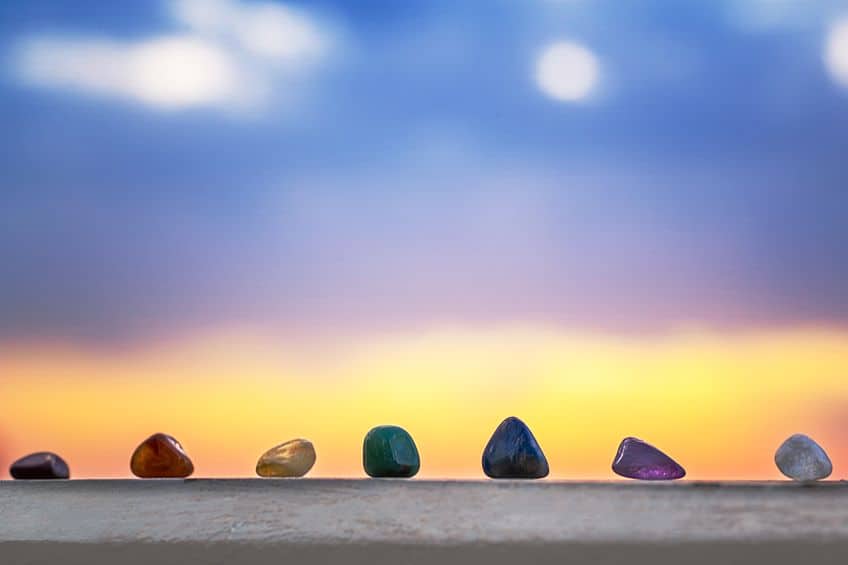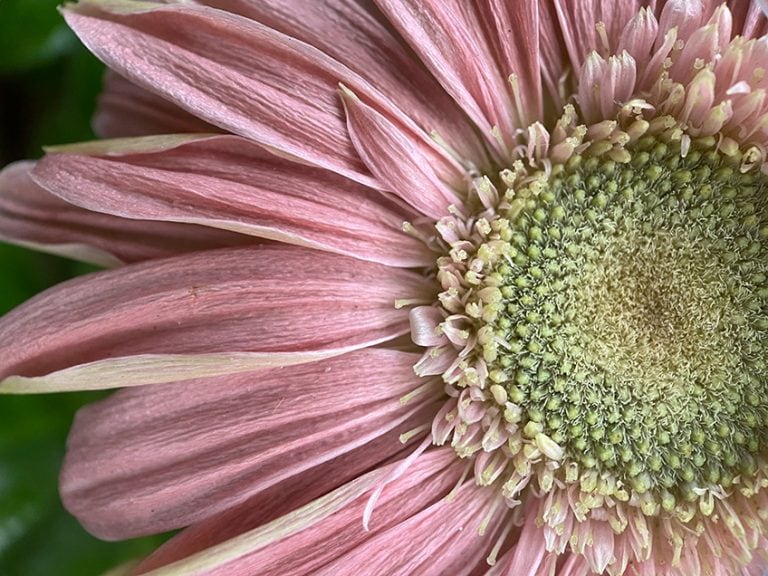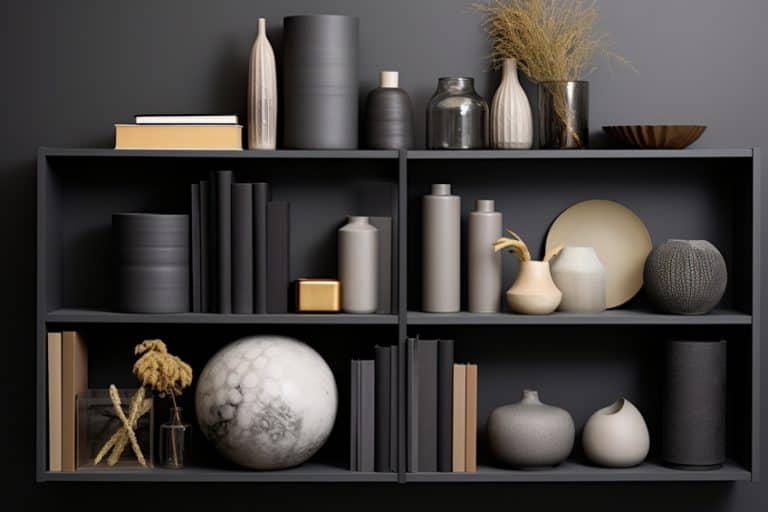Aura Colors – Unseen Colors of Energy That Surround the Body
You have most probably come across the word “aura” in a book, on television, or in a passing conversation. At first glance, it seems like it is some sort of secret language the body has that nobody can really see. Although visible to some, it remains a mystery to most of us. Simply put, you can think of an aura as a type of energy field that surrounds the body. Those in the know say that there are different colors, and that each has various aura color meanings. So, to gain a better understanding of aura colors, let us consider what each color can reveal about a person below!
What Are Aura Colors?
The word “aura” in Latin means “the air, a breath, or a breeze” and only became associated with spiritual healers in the 19th century, where it was used to describe the subtle energy emanating around and from the body. This emanation is said to be an electromagnetic field, which can be captured through specialized photography. Some people also say that they can see the auras of other people. These “auras” are also closely linked to different belief systems like the chakras, which originate from Hinduism. Several different colors in this system are located down the center of the body from the base to the head or crown.
Each color has different meanings and correlates with a person’s physical, emotional, and spiritual wellbeing. These layers of color are said to work synergistically and can influence overall health. This system of energy also appears in other cultures but may vary according to the different philosophies in different countries.
Auras are considered a similar system, a layer of unseen energetic colors that surrounds the body. An aura or energy field also surrounds animals and even plant life. The belief is that everything consists of energy and the manifestation of these colors can tell a lot about a person’s personality and health. Some say that they can see auras, but it might be more common for everyone to feel the aura’s energy. Consider how some people make you feel comfortable or nervous, which could be a reaction to the energy they give off.
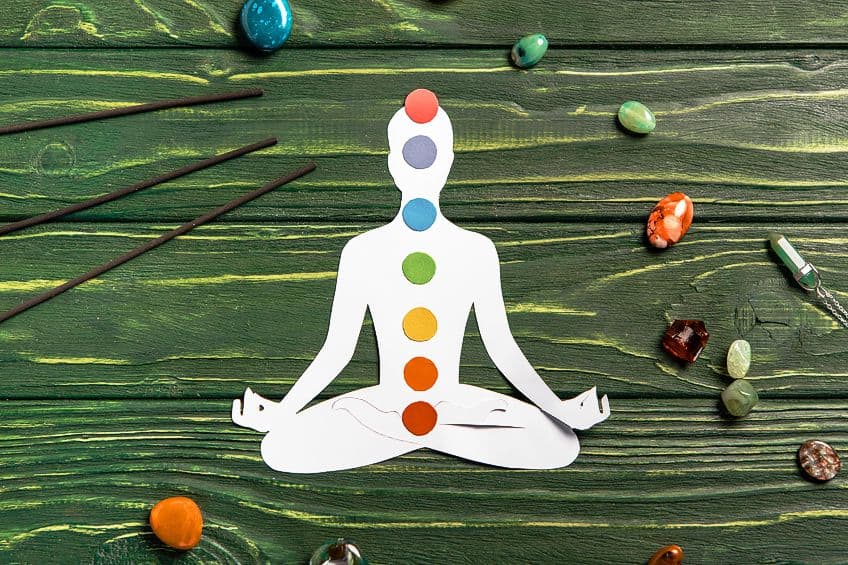
Each aura color has a different meaning and is associated with different emotions and other personal qualities. Since these aura colors overlap, a person’s aura usually involves a combination of dominant colors. These dominant colors can change, depending on the health and other circumstances in the individual’s life. These colors can shift in hours, days, or weeks as you go through life.
The Seven Aura Layers
According to experts in this field, the aura consists of several layers, bodies, or planes. Each one of these layers is associated with something different. Each layer then corresponds with a different color when looking at the chakras. However, in general, these layers represent the following.
- Physical layer: This layer represents the body and physical health and is the layer that is positioned closest to the skin.
- Emotional layer: When you experience emotional turmoil, the colors in this layer will appear dull, so it is directly connected to your feelings and emotions.
- Mental layer: The third layer away from the body deals with the mind, logic, thoughts, and reasoning.
- Astral body: The spiritual layer is known as the astral plane and is said to be the place where you keep the capacity for love.
- Etheric: This plane can be a bridge between the physical and astral layers and is where psychic abilities can be found.
- Celestial: The plane where your dreams and intuition come from, and where creativity and enlightenment stem from.
- Causal: This is the last layer and helps to harmonize all other layers, and the plane closest to heavenly states.
Before we get into the different colors, below is a summary in the form of an aura color chart. Here you will find the seven primary aura colors, along with a few of the more common attributes for each. As you see in the aura color chart, each color has a specific meaning, which can be important in learning things about yourself. The first seven colors fall part of the primary aura colors and are related to the seven chakras.
However, there are 12 predominant aura colors, which include pink, silver, brown, black, and white. There are also shades of the primary colors, which then make it more than 20 aura colors. We will only be dealing with the predominant 12 aura colors.
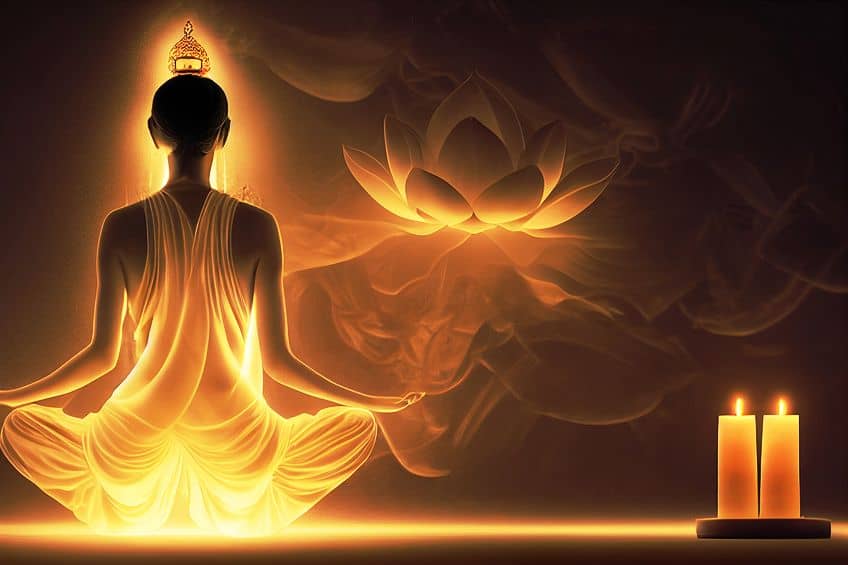
| Aura Colors | Chakra | Positive Aura Color Meanings | Negative Aura Color Meanings |
| Red | Root | Energetic, strong, and passionate | Aggression and anger |
| Orange | Sacral | Energetic, creative, and optimistic | Impatient and impulsive |
| Yellow | Solar Plexus | Positive, confident, and cheerful | Low self-esteem, self-criticism, and overconfidence |
| Green | Heart | Grounded, hard-working, and loves nature | Easily influenced and prone to jealousy |
| Blue | Throat | Good communicators, mindful, and calming | Absentmindedness and difficulty in expressing oneself |
| Indigo | Third eye | Intuitive, spiritual, and creative | Being overwhelmed by situations and emotions |
| Violet | Crown | Strong intuition and spiritual connection | Fear, anxiety, and a lack of purpose |
| Pink | Heart | Caring, kind, and loving | Vulnerable and sensitive |
| Silver | Root and crown | Wisdom and abundance | Pessimistic and indecisive |
| Brown | Root | Logical and practical | Stubborn and judgmental |
| Black | Root | Stability and survival | Indicates fatigue and depression |
| White | Crown | Wisdom, spirituality, and purity | Perfectionism and nervousness |
Can Everybody See an Aura?
Most people cannot see auras, however, some say that they can see the different aura colors, and some of these people become aura readers. So, you can go to an aura reader if you want to know more about your aura colors. Some also say that it is possible for anyone to see auras, it just takes time and practice. Then there is also special photographic equipment that can be used to capture auras. When learning how to read an aura, the best way to start is by understanding the different aura colors.
For example, the brighter these aura color layers can mean that you are more positive and have more energy, while other layers can seem dull, which can mean you are dealing with some form of illness or stress.
Sometimes, one color may dominate over others, meaning that some personality traits can overshadow others, preventing you from reaching your full potential. In many cases, there is a blend of different colors that can form patterns, and this combination can mean you have a more balanced aura. There may even be a single dominant color that stands out, with no other discernible colors. However, this is rare and often indicates someone with a singular mission in life. There are a few things you can do to “cleanse” your aura, or to help balance the energy.

- Meditation
- Positive affirmation
- Visualization
Some also practice what is known as smudging, which is an ancient tradition that is used in many cultures. It is the practice of burning sage leaves or other herbs to help clear any negative energy from a room. Taking walks in nature, going for a swim in the ocean, or walking barefoot on grass are also great ways that can help to cleanse the aura.
What Are the Different Aura Colors?
Now that we understand a little bit about auras, we can move on to dealing with each color. If you have an aura that has more than two dominant colors, this is called a “rainbow aura”. This can mean that you are confident, energized, and busy in life. This can be good when trying to achieve goals and meet new people, however, it can also become overwhelming, and you need to balance your time with relaxation and stepping away from everything for a bit. Let us now begin with learning all about the red aura color.
Red
Red is a strong color that is vibrant and eye-catching, so if you have a bright red aura, you are most probably very energetic and you are seen as having a fiery personality. People with dominant red auras possess both mental and physical vitality. They can take thoughts and ideas and put these into action quite quickly, but they can also be over-hasty and jump into things without thinking. Red is also the base or root color of the chakras, and a strong red color here indicates a balanced chakra. Other associated traits for this color include being passionate, fearless, courageous, strong, strong-willed, self-motivated, and self-aware or an understanding of who they are and what they want.
As red is a standout kind of color, a person with a dominant red aura also needs to be seen and in the middle of things, they have a healthy outlook on everything and take things seriously.
If there is little to no red in the aura it could mean that you need to work on your confidence and self-worth. A darker or duller red can also indicate some kind of trauma or a sign of burnout and can mean a personality that struggles with aggression and anger. Red is also the color of love, so they tend to give everything they have into the things they believe in and do. They love to experience life, are adventurous, are great at sports, and have upbeat natures that attract others. Red can also refer to the physical condition, such as the heart or circulation.

| Shade | Hex Code | CMYK Color Code (%) | RGB Color Code | Color |
| Red | #ff0000 | 0, 100, 100, 0 | 255, 0, 0 |
Orange
Dominant orange auras are also linked to the sacral chakra. People who are in this category are adventurous, happy, positive, creative, considerate, and like to take action. The color is also associated with sexual organs and activity. The more vibrant the color, the more outgoing and confident the person will be. They tend to solve problems more creatively and also love to take risks. As with red, they love adventurous activities and sports, have a positive view of life, and are open to new experiences. They also love to socialize, tend to make friends easily, and have a contagious and positive personality that others are drawn to.
Similar to red, orange is also action-orientated and can also lead to burn-out. These people also tend to be impatient and can rush into things.

| Shade | Hex Code | CMYK Color Code (%) | RGB Color Code | Color |
| Orange | #ffa500 | 0, 35, 100, 0 | 255, 165, 0 |
Yellow
Yellow is associated with the solar plexus chakra and indicates a relaxed, confident, creative, charismatic, and friendly personality. Yellow is also an energetic and warm color that is positive, confident, happy, and optimistic. The yellow personality enjoys communicating with others, but they can also be great writers.
They are carefree, and fun, do not take life too seriously, and people love to be around them.
Yellow personalities also need to find outlets through which to express themselves. They make great leaders as they provide the essential motivation and positivity to achieve goals. On the negative side, a yellow personality can become overconfident. Also, a dull or darker yellow aura may indicate low self-esteem and self-criticism.

| Shade | Hex Code | CMYK Color Code (%) | RGB Color Code | Color |
| Yellow | #ffff00 | 0, 0, 100, 0 | 255, 255, 0 |
Green
Green is connected to the heart chakra and is the color associated with nurturing, peace, enthusiasm, growth, compassion, communication, forgiveness, and a love for others and yourself. A green aura meaning can also involve a love of nature and freedom, having an open heart, and a healing nature. If you have a strong green aura, it can also mean that you are well-balanced in your personal and social life. These personalities are also humble, self-controlled, able to adapt, generous, with a natural desire to help.
Green personalities also have great communication skills, love to socialize, and seem to attract success and money. They tend to be drawn to careers that are linked to nature and gardening or love to deal with money and finances.
Green personalities also work harmoniously with others and are not shy of hard work. They enjoy stability in their life and are more goal oriented. When looking at the green aura meaning on the negative side, dark and dull auras can be an indication of jealousy. Green personalities can also be easily influenced by others or their environment, so they need to understand how to maintain boundaries in life and relationships.

| Shade | Hex Code | CMYK Color Code (%) | RGB Color Code | Color |
| Green | #008000 | 100, 0, 100, 50 | 0, 128, 0 |
Blue
Blue is the throat chakra and is often associated with expression, insightfulness, communication, intuition, patience, and providing a sense of calmness. Blue personalities can be seen as expressive, philosophical, and able to clearly communicate truths. They place importance on honesty and are very insightful. They also represent those who offer stability and have a strong emotional foundation. Blue auras indicate strength, and people with strong blue auras have strong intuition and understand themselves better than others. They have a strong spiritual connection and are drawn to creative careers, or will make great healers, and artists, and will make great community builders.
Those who have dominant blue auras are often excellent communicators, are trusted friends, and protect those they love.
They also freely give their energy and time to others. However, they can give too much of themselves and need to find a balance. Blue is associated with a strong mind, but this can lead to overthinking or absentmindedness, so these personality types need to make sure they are grounded. Blue can also indicate sadness and that you need to think of yourself and find healing. They also find it challenging to express themselves and to properly communicate their feelings.

| Shade | Hex Code | CMYK Color Code (%) | RGB Color Code | Color |
| Blue | #0000ff | 100, 100, 0, 0 | 0, 0, 255 |
Indigo
The indigo aura color meanings are closely connected to spirituality and is associated with the third-eye chakra. These personality types tend to be empathic, gentle, curious, and sensitive. Having a dominant indigo aura means that a person is a deep thinker, and preferably likes to work alone. They also do not thrive in social situations and tend to stand off to the side. However, they are naturally curious, have a sharp intuition, and relentlessly pursue truth and knowledge.
Darker and duller indigo auras can be indicative of mental and emotional instability. It can also mean that a person is highly sensitive, which makes them more prone to being overwhelmed by other’s emotions.
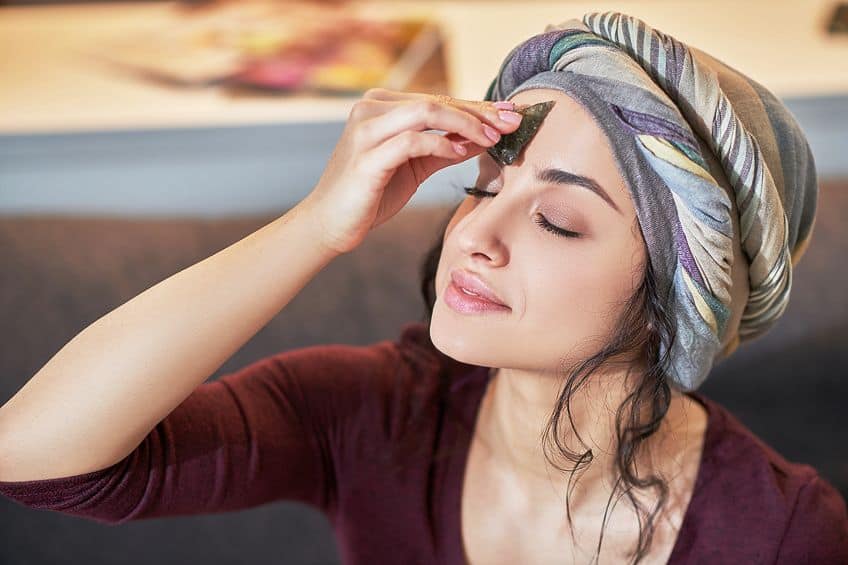
| Shade | Hex Code | CMYK Color Code (%) | RGB Color Code | Color |
| Indigo | #4b0082 | 42, 100, 0, 49 | 75, 0, 130 |
Violet
Violet or purple auras are considered a bridge for the physical and spiritual and are associated with the crown chakra. Violet auras are representative of wisdom, independence, spirituality, curiosity, intellect, and empathy. People with dominant violet or purple auras have strong personalities, tend to be ambitious, and have a deeper connection to a higher consciousness. They are natural leaders and have strong ambitions and purpose.
Experts say that a solid violet aura is not common, and the color tends to be more of an accent that mixes with other colors.
When violet is present in the aura, it is also a sign to follow and claim your dreams. On the negative side, they can be prone to fear and anxiety about the future and past and find it challenging to remain in the present. They can also feel disconnected from others and can lack purpose.

| Shade | Hex Code | CMYK Color Code (%) | RGB Color Code | Color |
| Violet | #ee82ee | 0, 45, 0, 7 | 238, 130, 238 |
Pink
A pink aura color is also associated with the heart chakra and is representative of a caring, loving, and kind heart. Pink indicates happiness and is in harmony with everyone else. It is seen as a rare aura color, and these types of personalities tend to have a healing and soothing way that helps to comfort others. They are also very creative and deeply connected to their emotions, making them natural nurturers.
On the downside, pink personalities can be overly sensitive and vulnerable, and can easily be hurt.
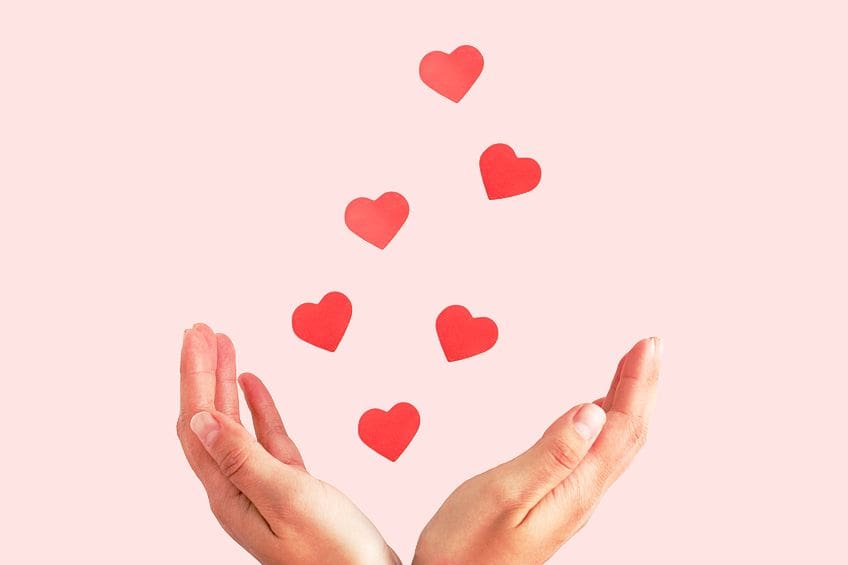
| Shade | Hex Code | CMYK Color Code (%) | RGB Color Code | Color |
| Pink | #ffc0cb | 0, 25, 20, 0 | 255, 192, 203 |
Silver
Seeing silver in the aura is rare and is associated with both the root and crown chakras. This means that a silver personality will have both intuitive and physical attributes that surpass others. It can also mean experiencing an overflow of imagination, and creativity. Some also say that a silver aura can also be indicative of pregnancy in women.
A dirty silver appearance can indicate stagnation, fear, indecisiveness, pessimism, and blocked energy.

| Shade | Hex Code | CMYK Color Code (%) | RGB Color Code | Color |
| Gray | #c0c0c0 | 0, 0, 0, 25 | 192, 192, 192 |
Brown
Brown auras are associated with the root chakra and are indicative of a person being logical, practical, and grounded. Brown has a strong connection to the earth and those with brown auras are hard-working, dependable, and like to plan ahead. Murky or dull brown colors can also mean stubbornness, feeling judgmental, self-centeredness, and can also signify ignorance.
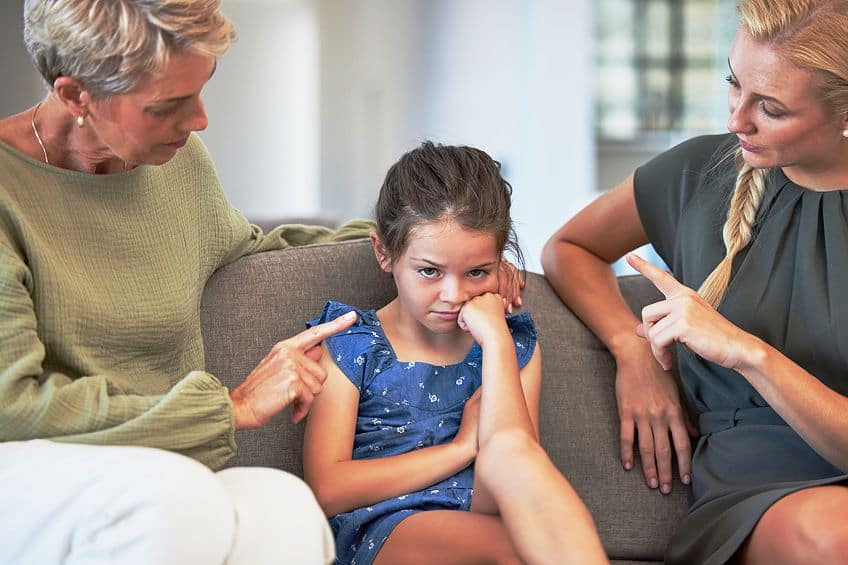
| Shade | Hex Code | CMYK Color Code (%) | RGB Color Code | Color |
| Brown | #a52a2a | 0, 75, 75, 35 | 165, 42, 42 |
Black
Black auras can be associated with the root chakra and also have associations of support, family, survival, and stability. However, black auras in general tend to have more negative associations. Black in the aura can be indicative of low energy and fatigue, and can also be a sign of depression, sorrow, unforgiveness, or other health problems.

| Shade | Hex Code | CMYK Color Code (%) | RGB Color Code | Color |
| Black | #000000 | 0, 0, 0, 100 | 0, 0, 0 |
White
White is connected with the crown chakra and is said to be the rarest aura color. More commonly, white will be among other aura colors. It is also associated with wisdom, spirituality, compassion, purity, and unconditional love. White aura personalities are seen to be energizing, inspiring, and positive. They are also in harmony, gentle, and happy with everyone around them.
There are unlikely to be any negative associations, but there can be a tendency to nervousness and perfectionism.

| Shade | Hex Code | CMYK Color Code (%) | RGB Color Code | Color |
| White | #ffffff | 0, 0, 0, 0 | 255, 255, 255 |
Aura colors can be helpful indicators of your current physical, emotional, and spiritual well-being. The different aura colors can change over time, due to life challenges and experiences. Learning about these colors and how they relate to you can help you understand your current situation, and if necessary, can help you take steps to bring your mind and body back into balance.
Frequently Asked Questions
Is Magenta an Aura Color?
Besides the 12 predominant colors, there are also other shades of aura colors. Magenta is an aura color and is a blend of red and blue. This can mean a person has a strong connection to the physical but is also strongly intuitive. Magenta-dominant aura personalities are also free-spirited and unique.
Is Turquoise an Aura Color?
Yes, turquoise is an aura color and is associated with confidence. Personalities related to this color are friendly, outgoing, and positive, and they tend to be therapists, healers, teachers, and artists.
Is Gold an Aura Color?
Gold is also an aura color that represents wisdom, intuition, and tranquility. Gold personalities are good-natured and enjoy spreading positivity around. They also seem to draw abundance and success toward themselves.
In 2005, Charlene completed her Wellness Diplomas in Therapeutic Aromatherapy and Reflexology from the International School of Reflexology and Meridian Therapy. She worked for a company offering corporate wellness programs for a couple of years, before opening up her own therapy practice. It was in 2015 that a friend, who was a digital marketer, asked her to join her company as a content creator, and this is where she found her excitement for writing.
Since joining the content writing world, she has gained a lot of experience over the years writing on a diverse selection of topics, from beauty, health, wellness, travel, and more. Due to various circumstances, she had to close her therapy practice and is now a full-time freelance writer. Being a creative person, she could not pass up the opportunity to contribute to the Art in Context team, where is was in her element, writing about a variety of art and craft topics. Contributing articles for over three years now, her knowledge in this area has grown, and she has gotten to explore her creativity and improve her research and writing skills.
Charlene Lewis has been working for artincontext.org since the relaunch in 2020. She is an experienced writer and mainly focuses on the topics of color theory, painting and drawing.
Learn more about Charlene Lewis and the Art in Context Team.
Cite this Article
Charlene, Lewis, “Aura Colors – Unseen Colors of Energy That Surround the Body.” Art in Context. November 8, 2023. URL: https://artincontext.org/aura-colors/
Lewis, C. (2023, 8 November). Aura Colors – Unseen Colors of Energy That Surround the Body. Art in Context. https://artincontext.org/aura-colors/
Lewis, Charlene. “Aura Colors – Unseen Colors of Energy That Surround the Body.” Art in Context, November 8, 2023. https://artincontext.org/aura-colors/.


